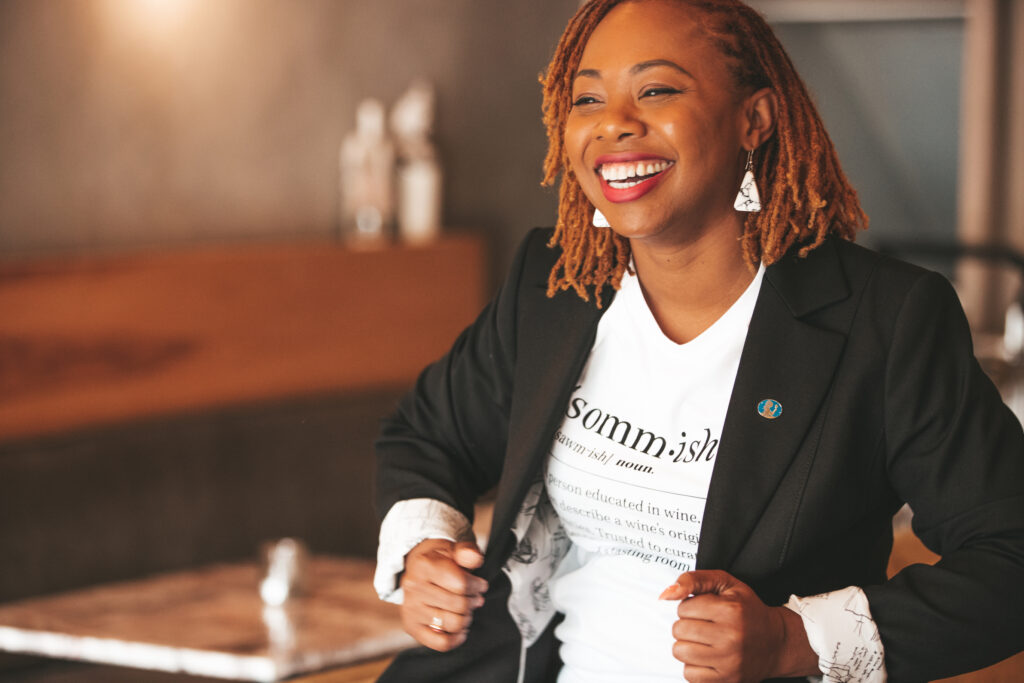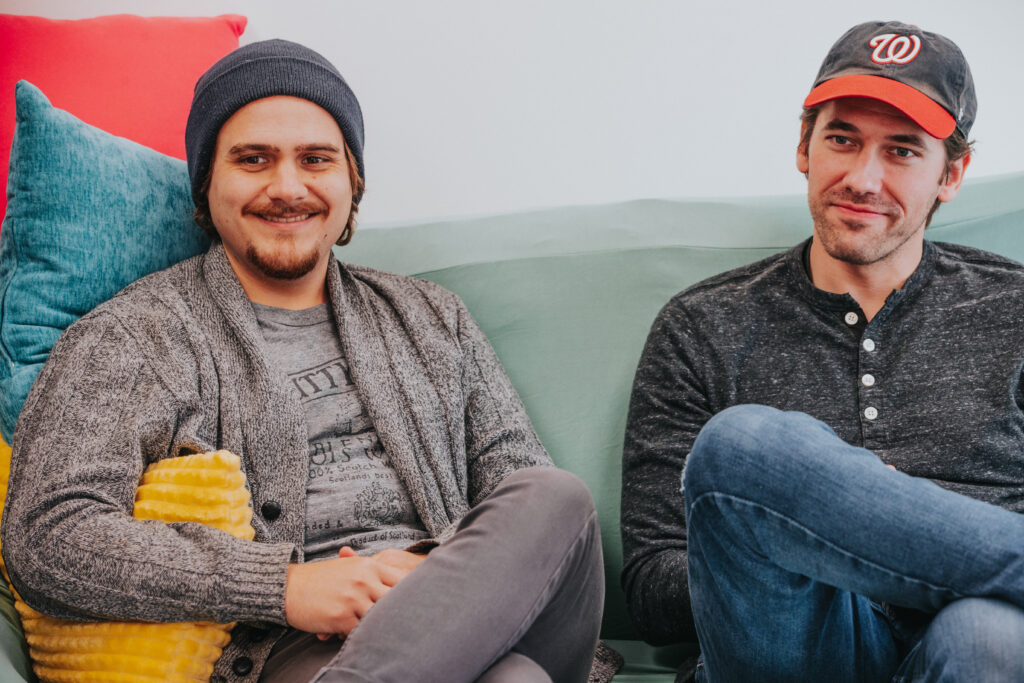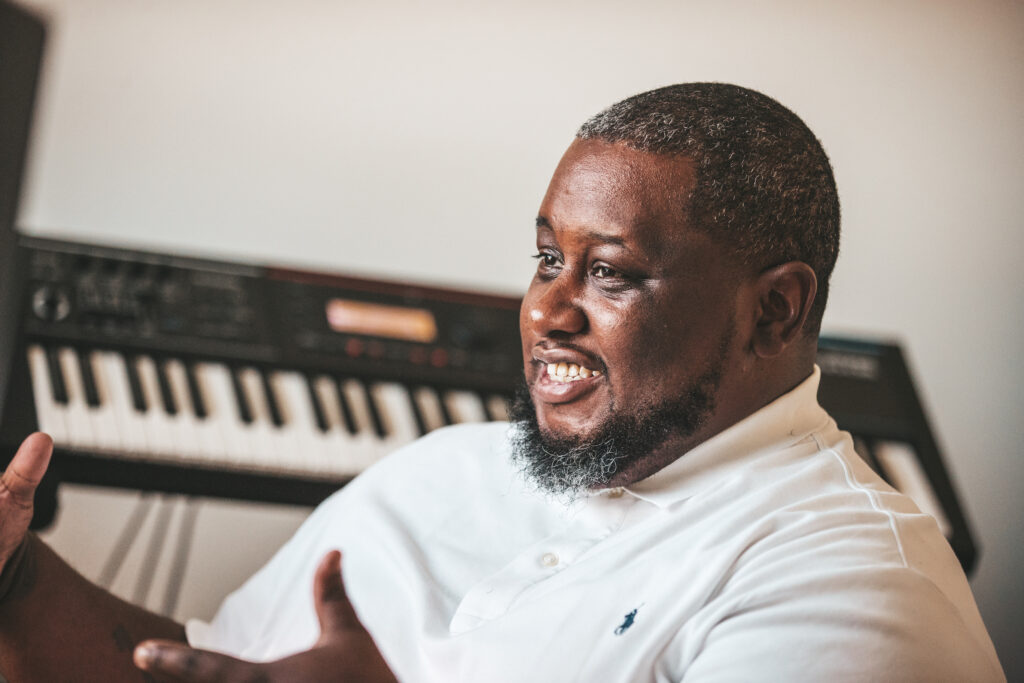“What I am learning is that the history of Birmingham is still present and that history is extraordinary. It didn’t just start in the 50s and 60s; it goes back further.”
Name: Horace Ballard
Occupation:
Curator of Education at the Birmingham Museum of Art
Creative Industry: Culture & Heritage
1. What do you hope to accomplish in your new position as Curator of Education at the BMA?
One of the big things that I have noticed, particularly at the museum, is that we really want to work on the way that we partner with and make collaborations in the city. I think that there’s a sense that the education department handles docents and K-12 programming, but really that’s only about 20% of my job. The rest is making cross cultural partnerships, collaborations, getting college students involved and thinking about making our exhibitions and permanent collections more accessible.
We’re working on getting us to a point as an institution where people can come on a rainy day or a Saturday or Sunday and know what to expect as far as our big goals and themes go. We want to see those carried out in our partnerships, in the galleries and in our programming. That’s kind of my goal.
There is this really interesting cultural moment in the city, where people who either left are coming back or people who’ve never lived here are moving here. There is kind of this millennial generation and buzz and interest that is here and invested. We want to encourage that and be a part of that and want to find what we as the museum can kind of put our stamp on.
2. What have you learned from your time at other cultural institutions that you hope to apply to your position as Curator of Education?
I’ve learned to listen. One of the things in my interview that I said I wanted to do is to have a lot of one on one conversation and a lot of coffees. What I am learning is that the history of Birmingham is still present and that history is extraordinary. It didn’t just start in the 50s and 60s; it goes back further. Listening to stories and not presuming that I know what the punch line or the narrative is going to be is one of the biggest things.
The second thing is being willing to take risks. The risks we’re taking are sometimes really small like trying new ways of hanging things in the galleries. Should we hang this up high or more at eye level? We really work hard to curate the way people navigate our space.
3. What brought about your love of the arts?
When I was about three I had trouble walking up stairs and my mother took me to the pediatrician. He suggested that they put me in gymnastics and ballet and I loved it. I come from an extended family of singers, visual artists, sculptors, and photographers. The arts were I would say even beyond as integral as breathing in my life. The arts were a way of dealing with working through difficult situations.
When I was in college I found a part time job at an art camp. We would take preschool to kindergarten kids through the galleries and draw, write poems, and act out skits. From then on I’ve been hooked.
4. You’ve only been in Birmingham for a short amount of time; what are some of the highlights of your time here?
I will say this; I love barbeque. I live in Homewood and it’s usually between Saw’s and Jim N’ Nicks and when I can’t decide I just go to both. I love Revelator Coffee. Octane has one of the best old fashioned that I’ve ever had. They make their bitters with old coffee grounds and it is amazing.
I also really love the Anytime Fitness that I’ve joined in Vestavia to fight off some of the delicious food I’ve been eating. Being from Virginia I miss the Blue Ridge Mountains. When I’m driving back to Homewood or to work from Vestavia I’ll stop on 31 and just taking in the Birmingham hills.
My favorite spot in Birmingham right now is the graphic design lab at UAB. I took a tour there and saw this incredible professor Doug Barrett who teaches graphic design. In his class he gives students real case studies from Birmingham businesses to work through. Birmingham is a really inventive and creative place.
5. What kind of programs do you hope to initiate that will connect people to art at the museum?
I have some ideas, but I want to wait and see what’s going down. One of the things that we want to do is think about programming doesn’t just bring in millennials, but that would bring in thirteen year olds through people in their seventies or eighties. We do well when we have a good speaker or an artist talking about his or her work. Let’s bring in some local artists to rift and reflect on the work that is here.
The programs that I’m interested in after being here for a month are programs that really put people who identify themselves as makers in relationship with the makers from the past, present, and future.



















